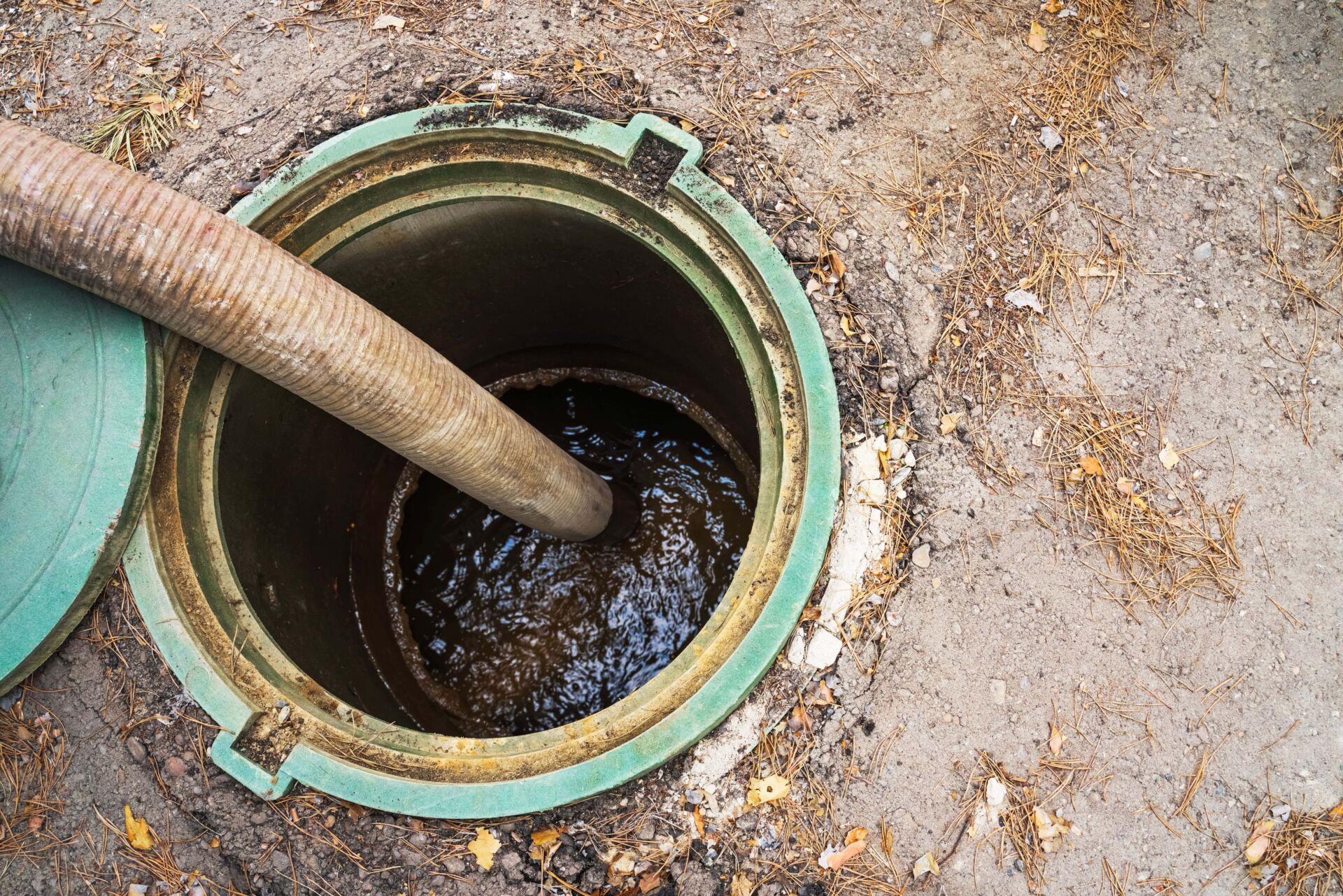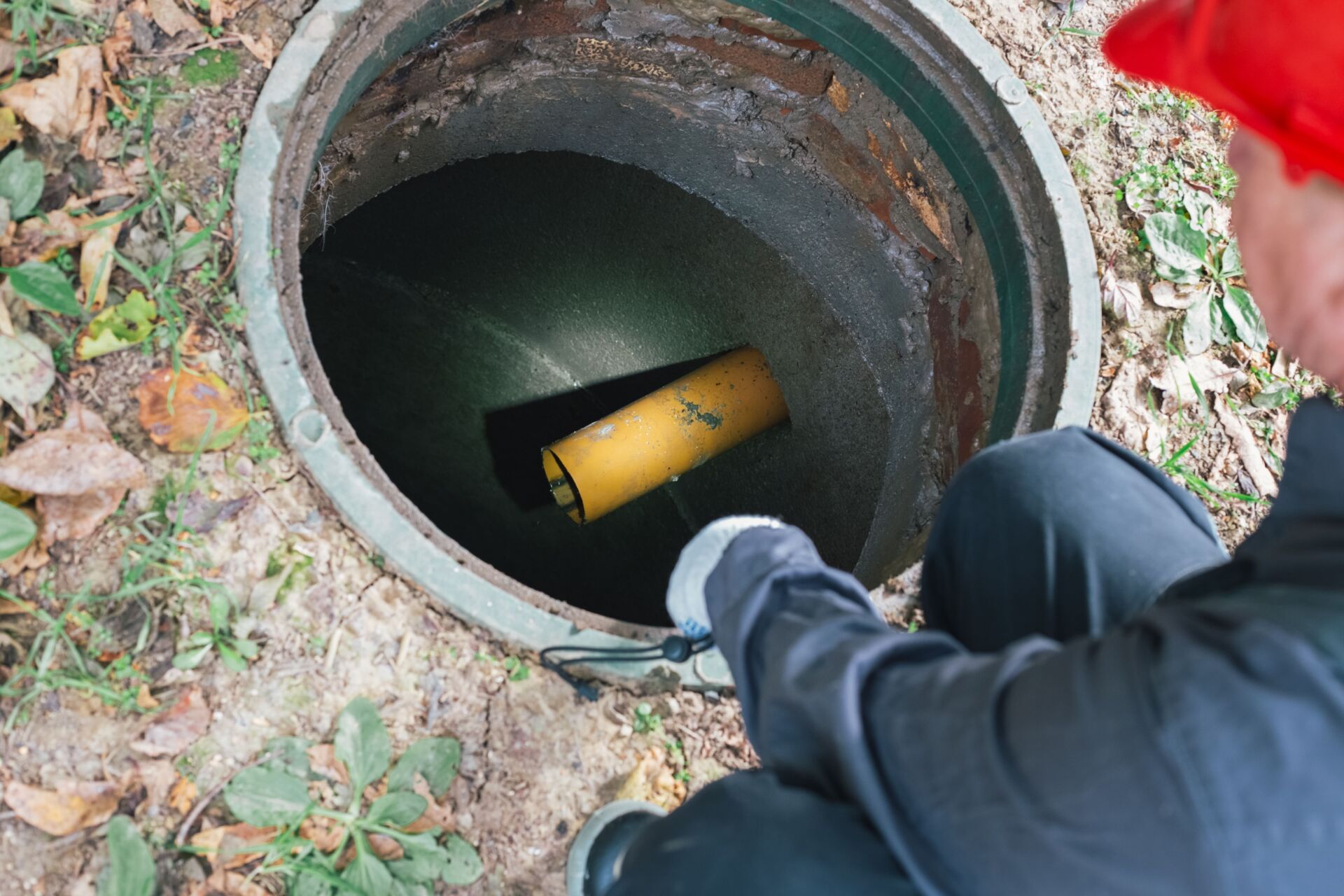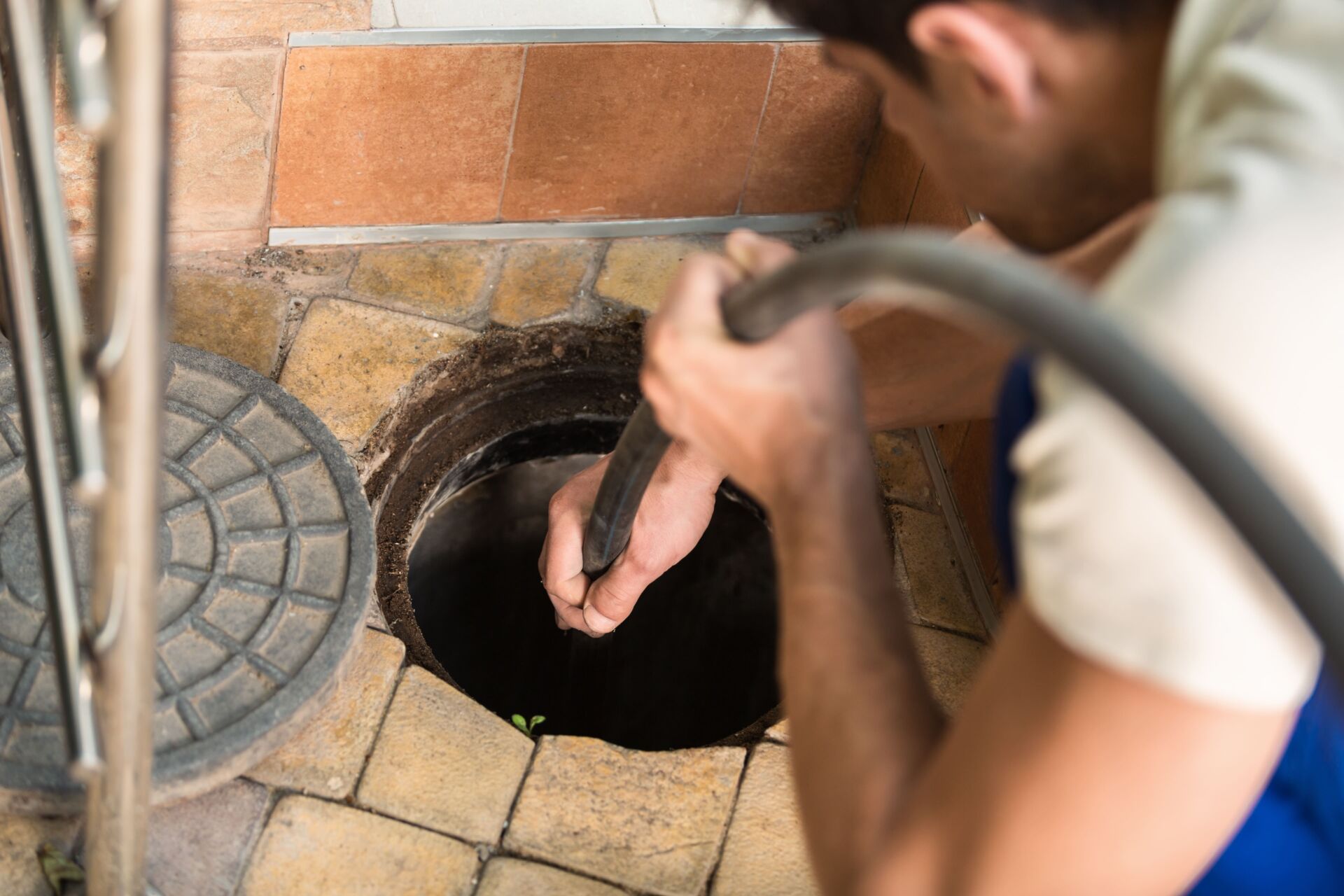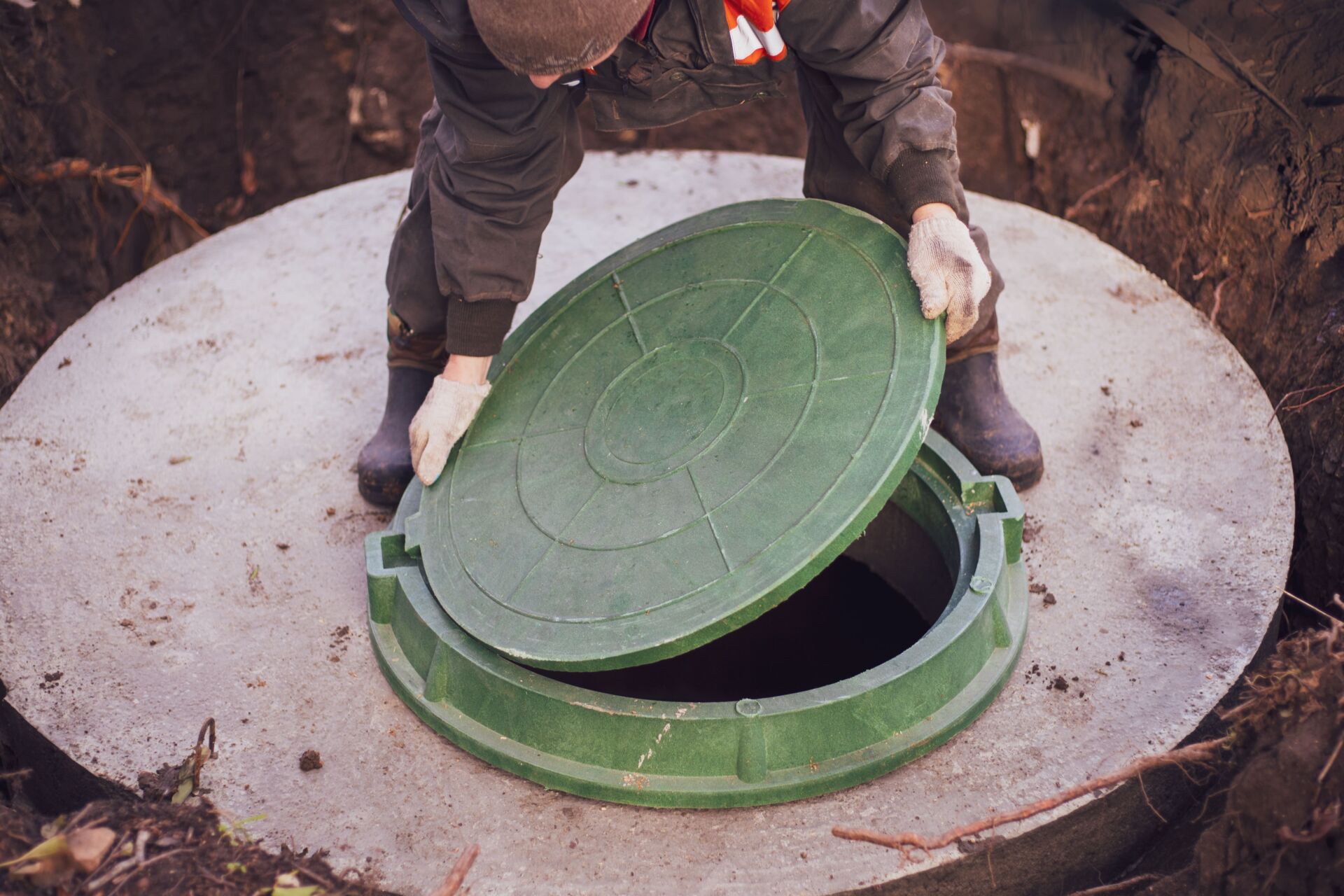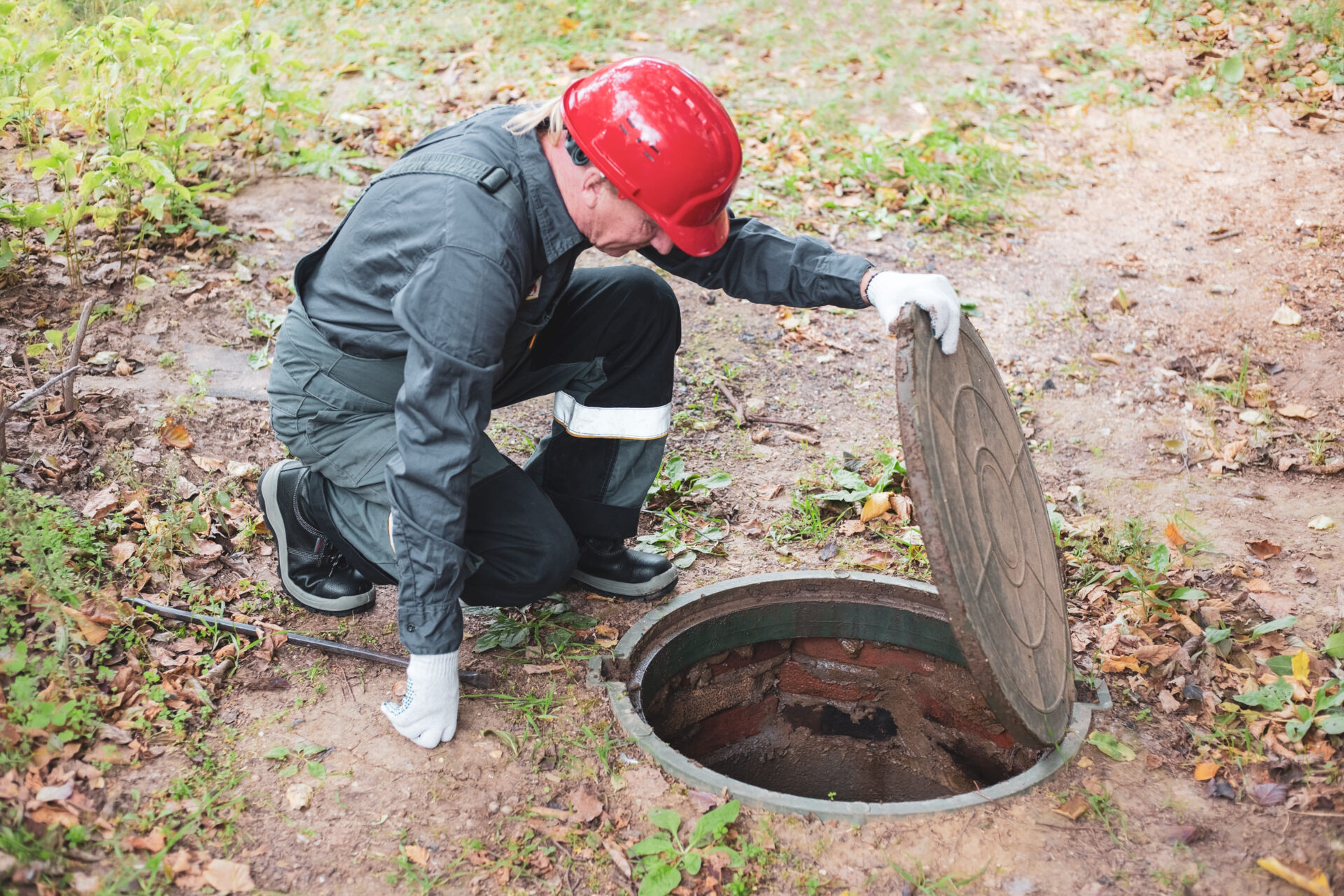When it comes to managing wastewater on your rural property, a septic system is one of the most important investments you’ll make. But with different options available, many homeowners are left wondering how to choose septic system that suits their needs. The short answer? It depends. To help you choose the right septic system, we’ve compiled the top options and considerations.
Why Choosing the Right Septic System Matters
Your septic system isn’t just out of sight, out of mind—it plays a major role in protecting your property, your investment, and the environment. The right septic system makes sure your wastewater is treated safely, preventing costly backups or failures, and supporting the long-term health of your land. Choosing a septic system carefully means fewer surprises down the road and peace of mind that your home is well protected.
Key Factors to Consider
1. Soil Conditions and Property Layout
The type of soil on your property—whether sandy, clay, or rocky—directly affects how wastewater drains and filters. A percolation test (or “perc test”) is often required to determine soil suitability. Properties on steeper slopes or those with high water tables may require specialized systems, like mound or advanced treatment units.
2. Household Size and Water Use
Bigger families or properties with multiple bathrooms need systems with greater capacity. If your household uses a lot of water, choosing a septic system design that can handle higher volumes will prevent strain and extend the lifespan of your system.
3. System Types Available
- Conventional Septic Systems: The traditional format, conventional septic systems involve a septic tank paired with a drain field—ideal when soil conditions are good.
- Mound Systems: If your property has shallow soil or a high water table, a mound system may be the best answer.
- Aerobic Treatment Units: These systems use oxygen to break down waste more efficiently. They are often used where traditional options aren’t feasible.
- Chamber or Pressure Distribution Systems: If your land is hilly, uneven, or has soil that doesn’t absorb water well, these systems step in. They’re designed to evenly distribute wastewater, preventing overload in tricky soil conditions.
Before you commit to one type, it’s important to understand how each system works and which one is best suited to your property’s unique layout.
4. Local Regulations and Approvals
Every municipality has its own set of rules when it comes to septic installation—everything from how far the system needs to be from a well or stream, to how it must be designed. Working with a licensed installer ensures your system meets code and avoids costly delays.
5. Maintenance Requirements
No matter which system you choose, regular maintenance is essential. Some systems, like aerobic units, require more frequent inspections and service. Factoring in long-term upkeep will help you make an informed decision.
Making the Right Choice
The truth is, there isn’t a one-size-fits-all answer when it comes to choosing a septic system. The best system for your neighbour may not be the right choice for your home. Partnering with an experienced team like Bio-Flow Septic Solutions ensures your system is designed and installed with your unique property in mind. From soil testing to permitting and installation, we’ll walk you through every step so you can feel confident in your decision.
Ready to explore your options? Contact Bio-Flow Septic Solutions today to discuss your property and get expert guidance on choosing a septic system that will work for you—today and for years to come.


